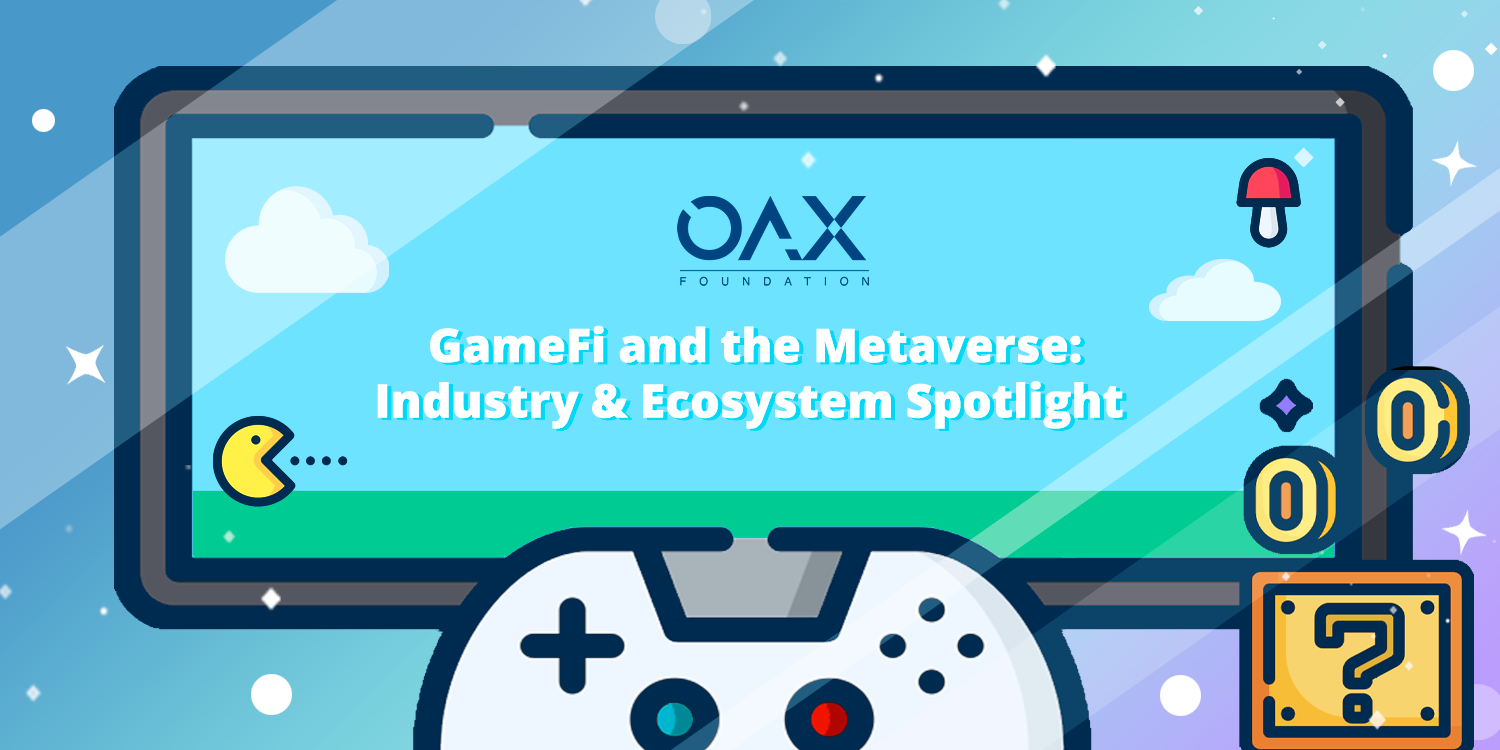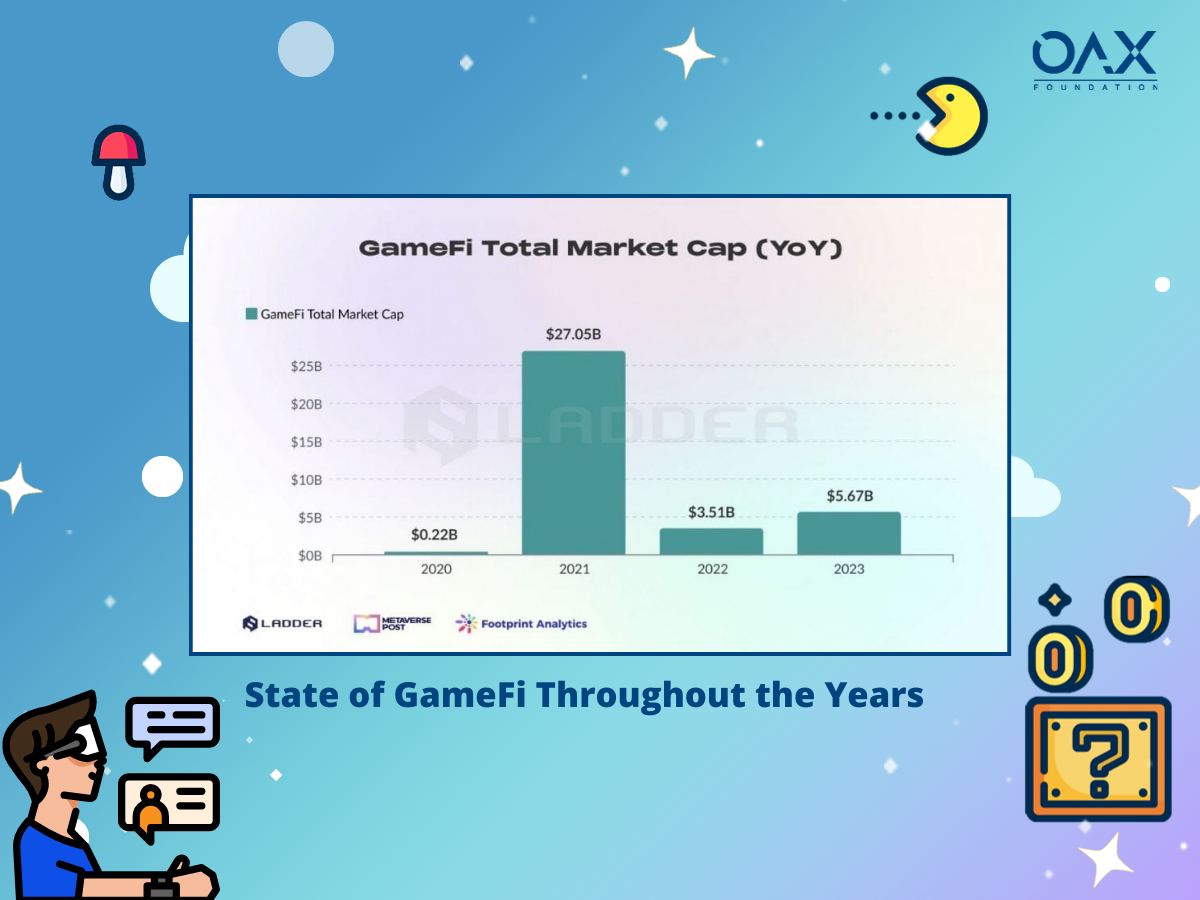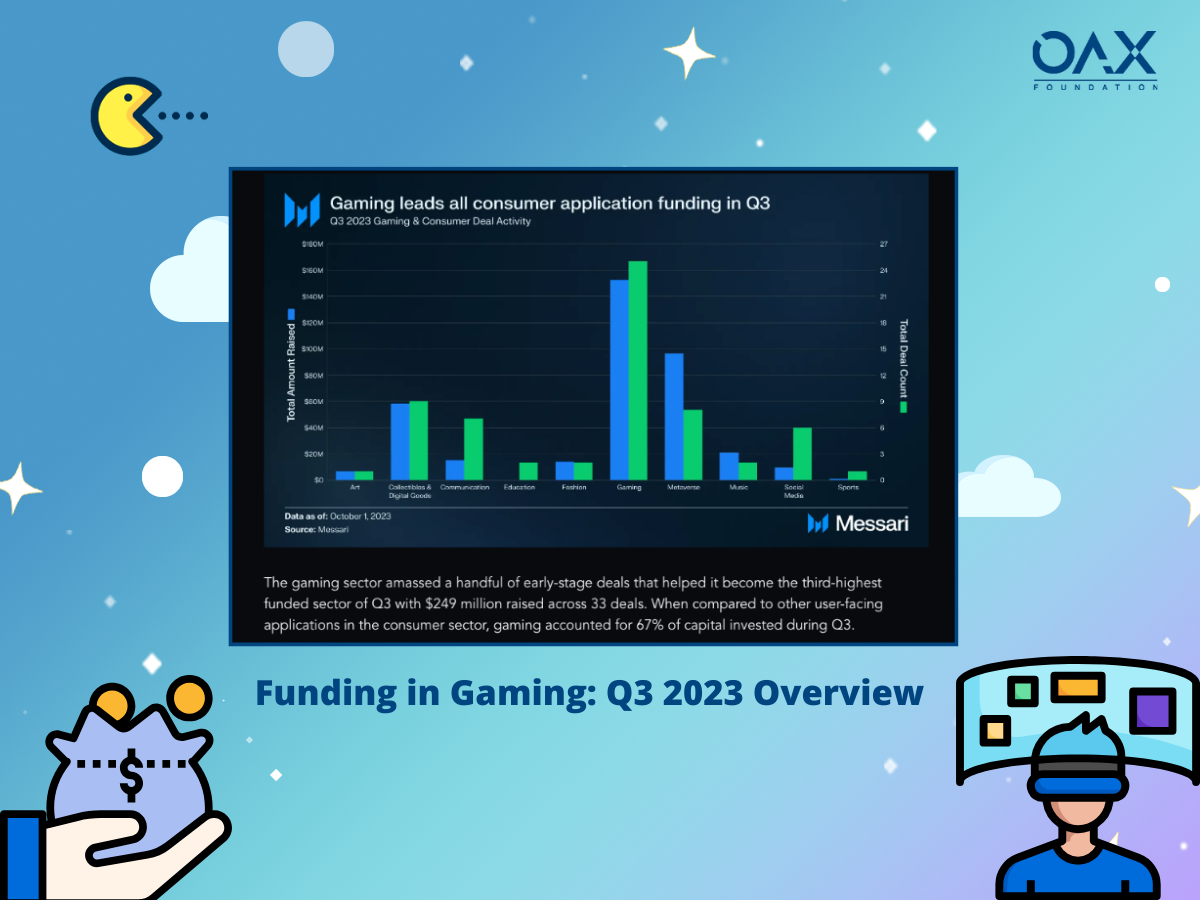
Gaming and Metaverse: Is the Excitement Waning or Transforming?
In a world where gaming has become a cultural phenomenon, captivating hundreds of millions of users and expected to generate over 240 billions of dollars in revenue in 2023 - according to grand view research, the emergence of blockchain technology and the metaverse has brought forth new possibilities. However, with the initial hype surrounding blockchain gaming and the metaverse seemingly fading away, it begs the question: what is the prospect in this vertical? Following our previous article discussing technology adoption, this article aims to explore the current state of gaming and the metaverse, and whether they hold the potential to drive mainstream adoption.
The Enormous Gaming Market:
It is undeniable that gaming has become a massive industry, with hundreds of millions of users engrossed in blockbuster titles such as Fortnite, Minecraft, League of Legends and many more. The sector has experienced significant developments that have gone beyond just gaming, since 2010, Fortnite the mobile game stepped into pop culture hosting virtual concerts with pop-artists in the likes of Travis Scott and Adriana Grande to name a few. Recently we saw a film festival being held in Minecraft to tap new audiences to their game. The racing game Gran Turismo - a driving simulator has released a movie about game drivers who have made it to real-life professional racing, all based on a true story. The line between games and reality is blurrier than ever before, further demonstrating the gaming sector’s influence and metaverse is no longer a foreign idea, especially across the Gen Zs.
Capturing Demographics and Time Spent:
Recognizing the vast user base and the potential for growth, Microsoft’s acquisition of game studios Activision Blizzard for a whopping $69 billion stands out as its most expensive acquisition to date. This significant investment underscores Microsoft’s determination to solidify its position in the gaming industry and tap into the immense potential of the market. By acquiring Activision Blizzard, known for its blockbuster franchises like Call of Duty and World of Warcraft, Microsoft is making a resounding statement about its commitment and ambition in the gaming sector. Meanwhile, Tencent dominates the mobile gaming space, capitalizing on the increasing number of gamers on smartphones and series of free-to-play games. The amount of time spent gaming has become a new way of life and consumption behavior, forming a cornerstone in the entertainment landscape.
The Perfect Use Case for Digital Assets:
One compelling aspect of blockchain gaming is the ability to link time and value to in-game assets such as weapons or a game pass that has to be hard earned with skills and time spent. The concept of transferring value from one player to another and establishing clear utility for game assets has given rise to auction houses and peer-to-peer secondary markets - this use case was one of the factors that drove the hype in the gaming NFT market throughout 2021-2022. This notion of digital property rights and ownership to build the open metaverse has been championed by Animoca CEO Yat Siu, who envisions the creation of microeconomies within games to incentivise users in new ways. The gaming industry seems to provide an ideal use case for cryptocurrencies and decentralized assets adoption.
 The evolution of GameFi’s market cap over the recent years.
The evolution of GameFi’s market cap over the recent years.
The Rise and Fall of GameFi:
Back in 2021, led by Axie Infinity, a play-to-earn blockchain game, popularized the concept of earning tokens based on the time spent playing were part of a new sector called GameFi. STEPN, a move-to-earn project also sparked a wave of excitement around the potential of merging real life exercising, gaming and earning tokens. Amid the emergence of the metaverse, Facebook rebranded to Meta - witnessing all web3 gaming and metaverse projects surged in market cap in 2021, which then also sharply fell thereafter as the play-to-earn model was a challenge to sustain without exponential growth of users. The metaverse remains a distant reality, the hype surrounding GameFi appeared to quiet down. Nonetheless, the evolution of the metaverse continues to show progress and began to pick up in 2023.
Signs of Life in the Metaverse:
Much has certainly changed since we last touched on the Metaverse at the peak of the hype. Despite a temporary lull across 2022-23, the recent investments in the metaverse space remain strong, a recent Messari report showing that gaming sector leads all consumer applications in web3 funding. A notable mention was the 54m series A deal in Futureverse, a platform for combining AI and metaverse and a 33m seed round investment in Proof of Play from prominent VCs. Infrastructure also plays its part in the sectors growth, as we last talked about the layer 2 - now purpose-driven blockchain platforms like Immutable X and their recent partnership with AWS, a layer 2 focuses on building infrastructure - the technology to help web3 gaming projects solves existing pain points such as gas price, speed, tooling and many more. Projects like Sandbox are pushing partnerships with consumer brands, demonstrating the potential of a creator economy for real-world integration - throughout last year we saw partnerships from traditional corporations like HSBC, McDonalds, MTR are continuing to invest in virtual lands as a means to penetrate the masses through its metaverse. While Meta - formerly Facebook continues to focus on a metaverse that combines AI, recently releasing their ultra-realistic ‘codec avatars’ that captures facial expressions and body language for a sense of presence in the metaverse - further validate the growing interest and demand for immersive digital experiences.

While the initial hype surrounding blockchain gaming and the metaverse may have diminished, both sectors are continuing to evolve and have demonstrated their resilience and potential to drive mainstream adoption. The enormous gaming market, with its captivated user base and evolving dynamics, continues to provide fertile ground for innovation. The metaverse, although still in its nascent stage, shows promising pathways to adoption, with investments pouring in and purpose-driven projects pushing boundaries. As proponents of decentralized assets, we at OAX Foundation believe metaverse and gaming in its ever-evolving form, will remain a critical pillar and narrative in driving the adoption of decentralized ecosystems for the near future.


